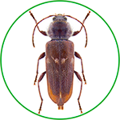Ecopiakos Ecological Solutions - VAT 05534520878
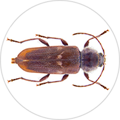

Termites
Termites feed on the cellulose present in wood and require a humid and dark environment, so they establish their nest underground and, to move outside in search of food, they build tunnels made of soil and excrement through which they travel.
Starting from the ground, they penetrate inside buildings through existing passages in the colonized environment: crevices in the foundations, gaps in masonry, flooring, electrical, plumbing, and telephone ducts. Wooden fixtures, load-bearing beams, parquet, mezzanines, wooden artifacts, and even paper materials are mainly attacked. The infested wood can be recognized by its characteristic layered appearance, with various overlapping layers interspersed with gaps lined with the typical cement (called replacement wood). The colony moves through tunnels dug in friable materials or in the characteristic earthy walkways, built with a special material to proceed on hard or exposed surfaces.
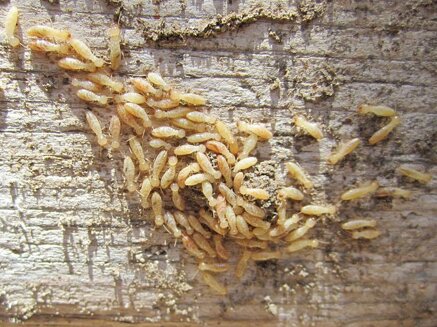
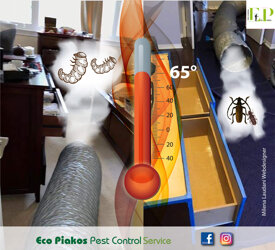
Sit velit
The Woodworms
The Anobiids are woodworms that, in their adult stage, have a color ranging from reddish to dark brown.
They tend to attack ancient wooden artifacts, home and church furnishings, wooden structures, beams, works of art kept in museums, and materials made of cellulose, such as paper. Anobiid woodworms cause both structural and aesthetic damage. Generally, they attack the sapwood of the wood and, in cases of very high infestation, the tunnels produced can cause serious damage to beams and trusses. Works of art, on the other hand, suffer mainly aesthetic damage, due to the exit holes. When Anobiid woodworms attack wood, the infestation increases steadily and also spreads to other objects in the same environment.
In addition to damaging wooden artifacts, a high infestation of Anobiid woodworms can give rise to woodworm parasites, which sting humans painfully and cause allergic skin reactions. The biological cycle of Anobiid woodworms has a fairly rapid development: it lasts about 1-2 years, but can accelerate in heated environments. Among the most common Anobiid woodworms are Anobium punctatum and Xestobium rufovillosum. The Anobium punctatum is commonly known as the “furniture woodworm.” The female lays between 20 and 40 eggs and attacks wood in attics, roofs, and antique furniture found in homes, churches, historic buildings, museums, and warehouses. The Xestobium Rufovillosum is the largest Anobiid woodworm, and is commonly known as the “deathwatch beetle,” due to the typical noise it makes by banging its head against the walls of the tunnels as a mating call. The female lays between 40 and 200 eggs. It tends to cause very serious damage to beams, trusses, structural wood, furniture, and sculptures it attacks.
Cerambycid woodworms are considerably larger than other woodworm families, and are characterized by antennae carried backward, which is why they are commonly known as “capricorns”. They tend to attack seasoned wood, but not older than 80-100 years, because they lack the substances needed to digest it. Cerambycid woodworms are considered the most dangerous woodworms because of the damage they cause to wood:
- the larvae dig tunnels up to 1 cm wide;
- the tunnels branch out in all directions, and the wood attacked internally can, over time, be reduced to a mere mass of dust (frass);
- a single larva can cause a beam to break if its tunnel runs through the beam in a plane orthogonal to the axis;
- they dig tunnels deep, reaching the heartwood.
The danger of a Cerambycid woodworm attack lies in the fact that it is not easy to notice an ongoing infestation, as it may only become apparent with holes and frass after many years. Moreover, the number of holes found may hide a much higher infestation, since several adult woodworms can emerge from the same exit hole. The attacked structures, therefore, significantly reduce their mechanical strength, risking partial or total collapse, especially if they are load-bearing structures. Cerambycid woodworm infestations spread very easily, as adults are excellent fliers. The life cycle of a single woodworm can vary from 1-2 to 15-17 years, depending on the temperature and humidity values of the environment. One of the most widespread Cerambycid woodworms is the Hylotrupes bajulus, known as the “house longhorn beetle,” which tends to attack especially load-bearing structures, beams, and trusses.
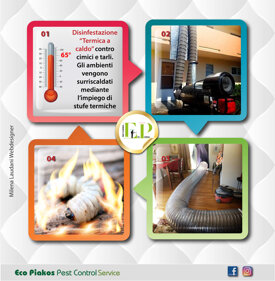


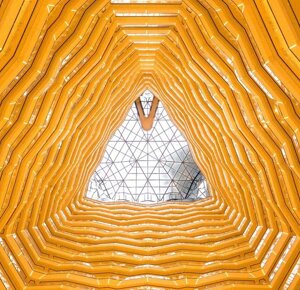
Fighting an infestation of woodworms and termites
A definitely green method is to focus on prevention. Try not to have leaking pipes and avoid water stagnation, especially near the foundations and in contact with the ground: this could attract termites outside or inside the house. Then you need to seal windows, doors, and cracks. Another important step for prevention is to store firewood, logs, and branches away from the house.
First of all, you need to understand if these insects have already settled in your home by leaving cardboard soaked in water and stacked on top of each other in places like cellars, attics, and cavities.
Termites love cellulose and are really fond of it: if these 'baits' fill up with little creatures, the signal is clear. Burn them in a safe place and repeat the operation several times to better understand where they are coming from.
But this is only a very mild and temporary DIY remedy: if you want to solve the problem at its root, it is absolutely essential to contact specialized companies in the sector like ours.
Definitely one of the most effective methods is the heat treatment.
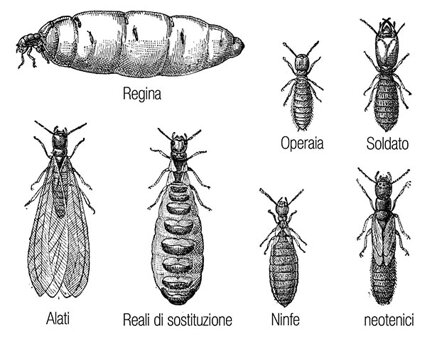
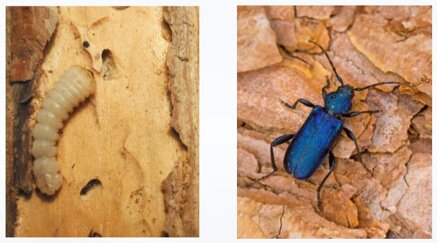
Exterra Solution
The Exterra System is a modular and patented procedure for monitoring and controlling subterranean termites (Reticulitermes lucifugus), and is applied by our network of qualified Technicians authorized to install the systems.
Exterra™ represents a solution for termite control that is effective and environmentally friendly. It is able to control infestations through the total destruction of subterranean termite nests, offering long-lasting protection and a preventive action.
Its implementation is a complex operation. The basic concept is represented by food baiting using natural wood baits, which are periodically monitored; the insecticide product is used only in the final control phase. The use of chemicals is therefore significantly reduced.
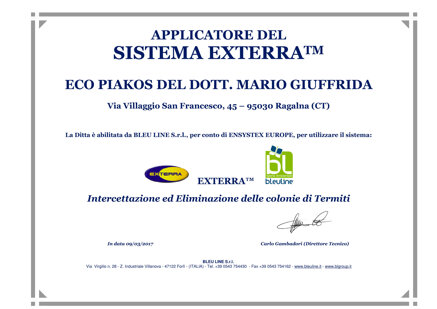
Damage caused to humans
Wood, woodworms, and allergic dermatitis are elements that are closely related to each other. But is it really woodworms that cause allergic dermatitis in humans? Unfortunately, it can happen, especially in summer, to find yourself with itchy insect bites on your skin. Identifying the cause is not easy, because it is a seasonal period when windows are left open, allowing all sorts of insects to enter, or people spend time outdoors. Most of the time, in fact, people tend to attribute the responsibility for those bites to tiger mosquitoes, now very common in our country, ignoring, however, that the real problem may already be present in the house and does not come from outside. Such persistence, in fact, cannot be caused by a tiger mosquito that arrived by chance.
So what are we talking about? We are talking about bites and stings from the woodworm mite, a tiny arthropod which, as an adult, has four pairs of legs and a piercing-sucking mouthpart. In fact, these types of dermatitis, specifically called "woodworm dermatitis," develop in people who have
stayed or lived in places where there are antique furniture or wooden beams, heavily infested by Anobid woodworms.
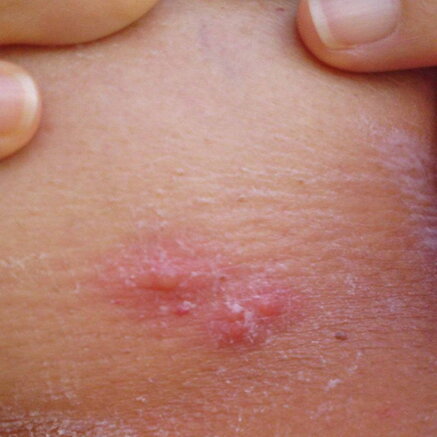
But do woodworms bite humans?
Woodworms do not sting humans at all: in fact, they do not have stingers or mouthparts capable of stinging or biting. However, they are the indirect cause of bites on the skin. A widespread infestation of Anobid woodworms, especially Anobium punctatum and Oligomerus ptilinoides, leads to the development of parasites that feed on the larvae of the woodworms themselves. These mites sting the woodworms and inject them with venom for paralyzing and digestive purposes. When the tissues of the woodworm are liquefied, the parasite sucks them up, feeding on them. This is the mechanism experienced by humans when they accidentally come into contact with these parasites. Two very common woodworm mites are Pyemotes ventricosus and Scleroderma domesticum.
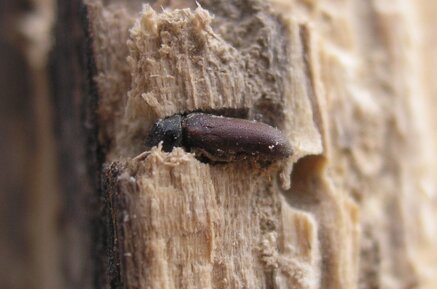
Ecopiakos Ecological Solutions - VAT 05534520878
